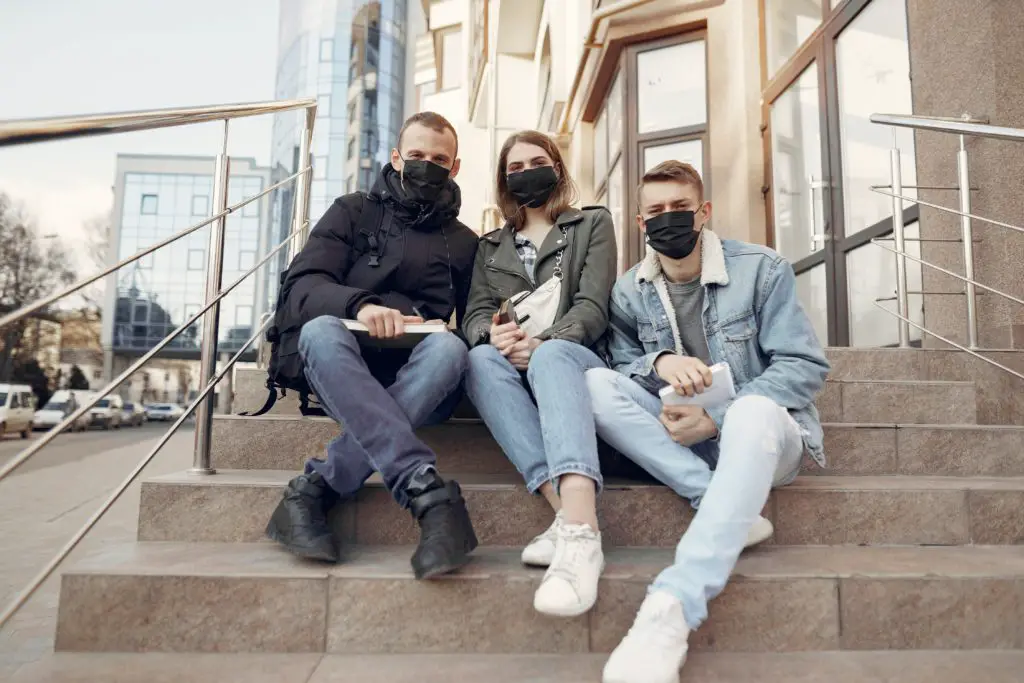A group of students at the University of Kansas (KU) went on a strike on Monday by not attending classes, demanding a closure of the campus due to concerns over the spread of COVID-19.
The Labor Day strike was called by the student organization Jayhawker Liberation Front in a petition, where they blamed the university for putting “profits over people.”
In the petition, the organization also made a slew of demands, including sending students who test negative home and quarantine those who test positive in student housing, a shelter for students in need, and hazard pay for essential workers.
The strike was endorsed by the Graduate Teaching Assistants Coalition (GTAC), representing over 1,000 KU graduate teaching assistants.
Students, local publications, Lawrence community: Our community was nationally recognized for our low cases of COVID-19, now we’re top ten in rising cases. Can you please close campus?
KU chancellor: no ❤️ https://t.co/A3vtFJiYnG
— Jayhawker Liberation Front (@JLFrontKU) September 4, 2020
KU responded by accusing the GTAC of violating the memorandum of understanding between the university and the union, calling it an “illegal sick-out,” where employees would call in sick to work in a form of silent protest, according to the Lawrence Journal-World.
COVID-19 Positivity Rate Rises Among KU Students
The University of Kansas has 479 confirmed cases of the virus after testing 3,322 people, as on September 1.
KU Chancellor Doug Girod acknowledged an increase in the overall positivity rate among the students: “…our student population overall tested positive at a rate of 6.03% from Aug. 23-29, compared to 2.64% for the seven days prior,” he said in a message on September 2.
He added that the Greek community among the students, who added new incoming freshmen, have an overall positivity rate of 8.38 percent.
Meanwhile, in another case, a group of faculty members, graduate students, and other campus staff has filed a lawsuit against the University of North Carolina, accusing it of not providing a safe workplace for its staff.
Overall, around 24,000 COVID-19 cases have been reported at US universities since late August, according to the New York Times.

